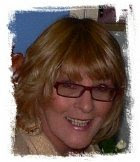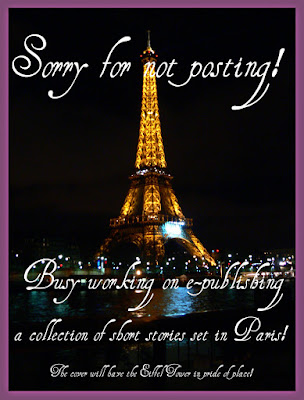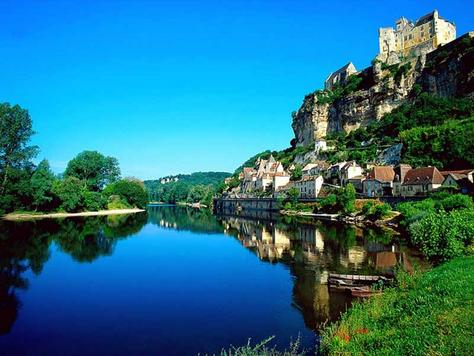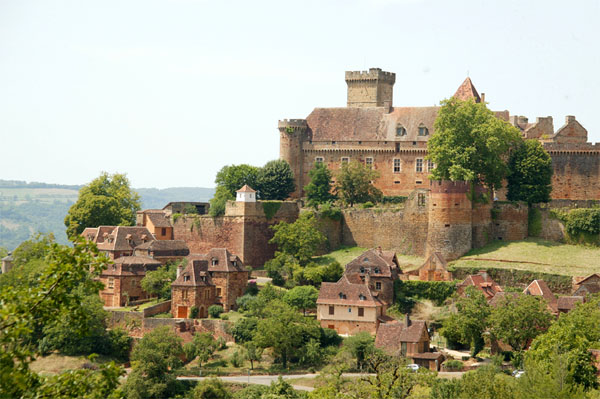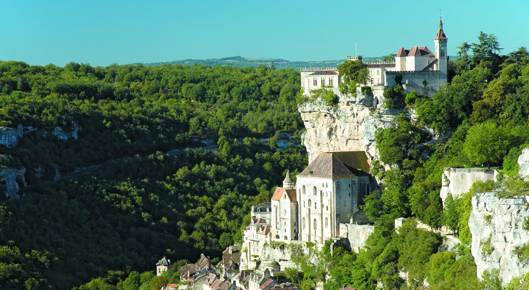Hopefully I will have my first e-book out in December if all goes to plan. I am busy doing final edits on my first collections of short stories that will be published on Amazon and Smashwords. All have a Paris motif.
Here are some travel tips from the Right Way to Travel, a favourite website of mine that has heaps of tips on how to write about your travels.
Ziploc bags are just as versatile and can even be used to keep your
clothes wrinkle-free. Use them on your next trip to...
1. Keep your important documents together -- your passport and
boarding pass while you’re hanging around the airport, for example.
2. Sort your currencies -- dollars in one bag, euros in another,
etc...
3. Make a “kit” of all the things you want to bring on your trip but
don’t need until your trip home: return trip itinerary, cab fare for
the ride home, house keys, etc.
4. Keep precious items safe. Put the item you want to protect in a
Ziploc bag and close it almost fully, leaving just enough open to fit
a straw through. Then, inflate the bag, remove the straw, and close
the Ziploc completely. Presto...self-made bubble-wrap!
5. Store your liquids or powders to prevent mess.
6. Keep your clothes wrinkle-free. Larger bags can hold rolled
clothing -- which makes for neater packing and less wrinkled outfits
on the other side.
7. Make a pillow. Fill a large Ziploc with cotton balls for a light
and compact travel pillow.
8. Keep your luggage contents clean. Wrap your shoes in bags to
prevent dirt from their soles rubbing off on other items.

